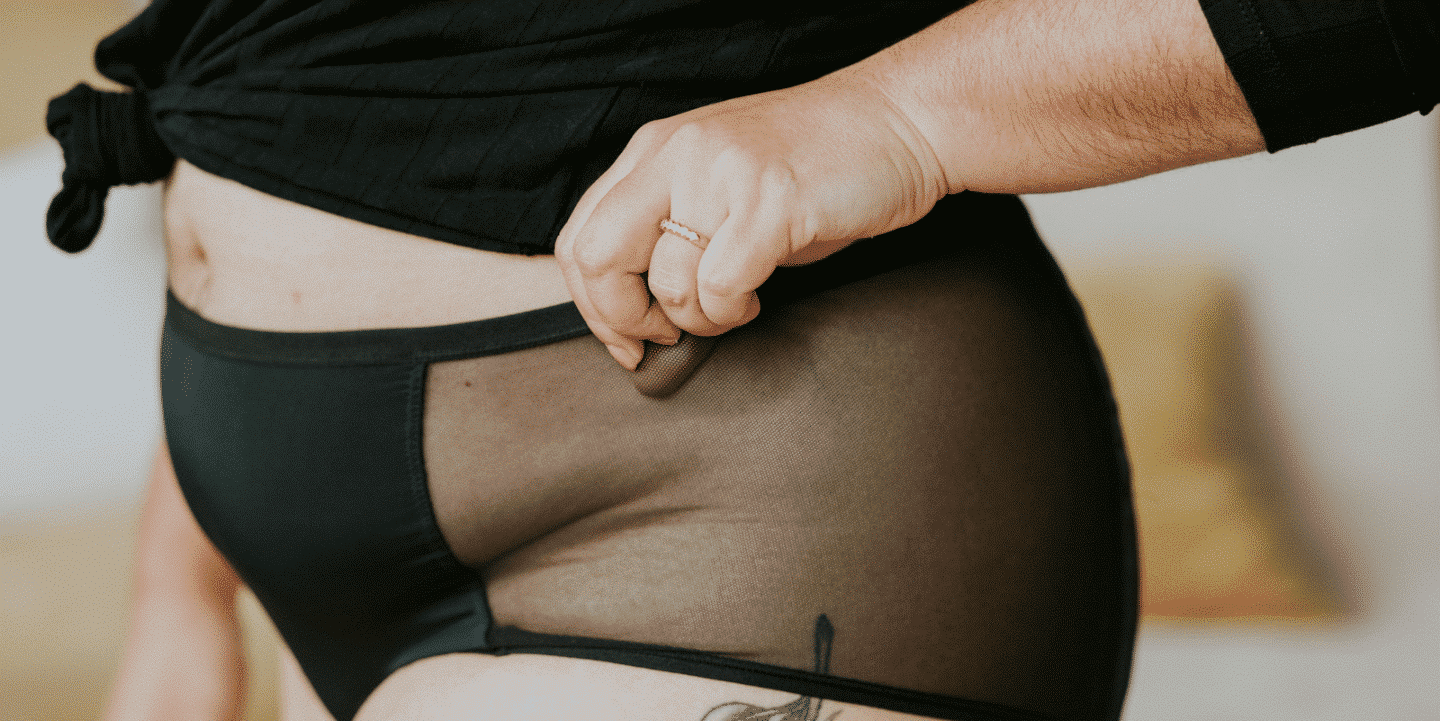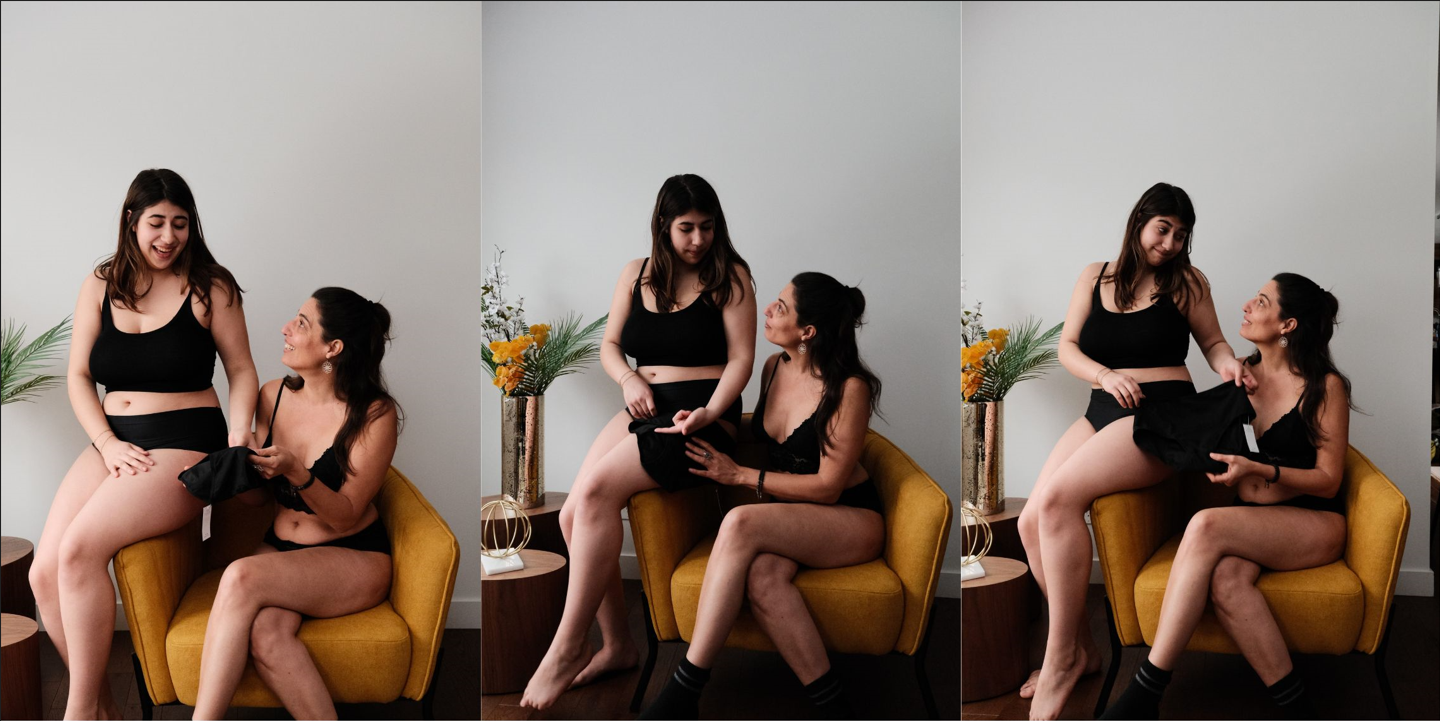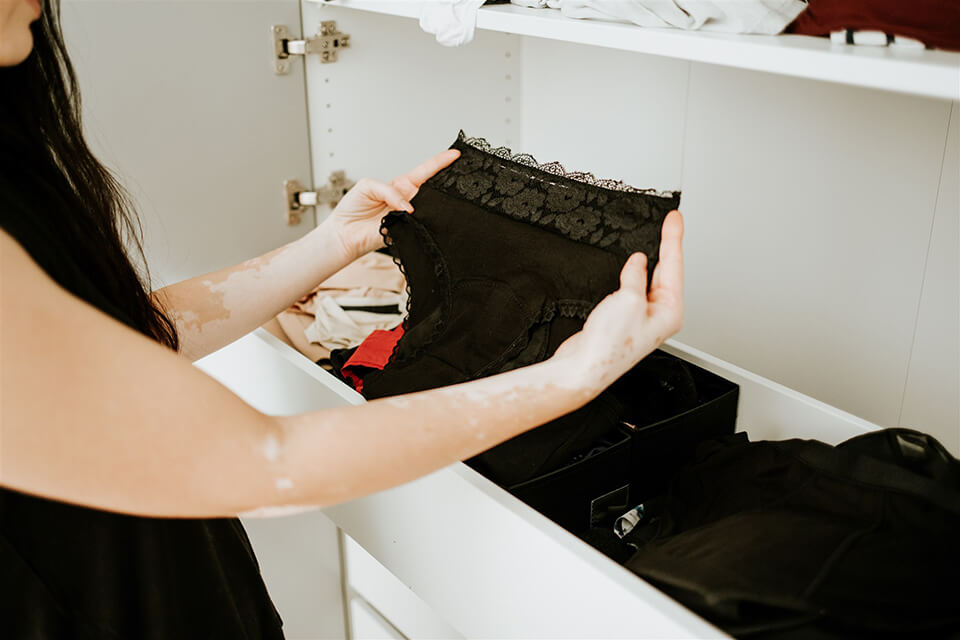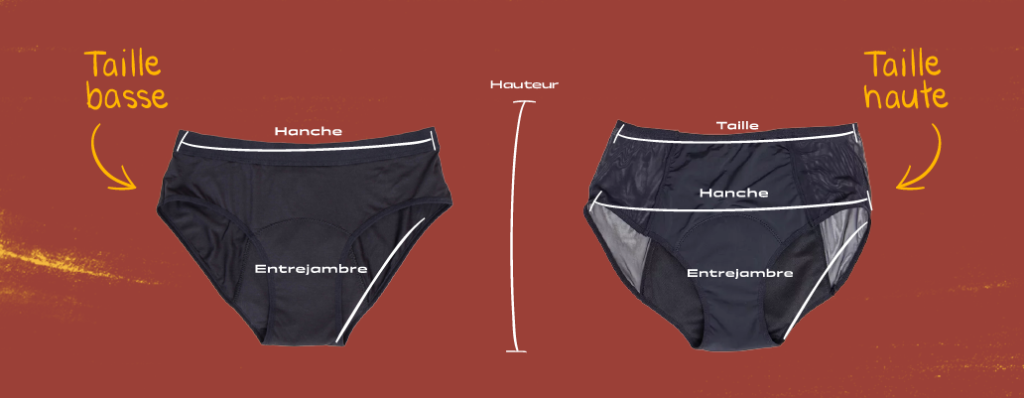
Does the word endometriosis mean anything to you? Perhaps you’ve already heard about it in the media or on social networks? Or maybe not at all! In fact, even diagnosis takes an average of 7 years.
You or someone close to you must have experienced unbearable period pains… You know, the kind of pain that almost prevents you from walking! And then you think “that’s normal, it’s been like that every month since I was a teenager”. Or other thoughts along the lines of “all women have it, there’s nothing to worry about”. But there’s nothing “normal” about pain that can limit your daily activities.
They say “Knowledge is power”, so this March, let’s take another step towards getting to know our bodies.
First of all, the term “endometriosis” comes from “endometrium”, which is the tissue or mucous membrane that lines the inside of the uterus. Endometriosis is a chronic inflammatory disease. It is characterized by the fact that this mucous membrane is now outside the uterus.
In this way, the endometrium migrates to neighboring organs: the ovaries, fallopian tubes, intestines, bladder or even rectum. In some cases, endometriosis can progress to other areas of the body, such as the abdomen. And it hurts!
Mostly misunderstood, women suffering from endometriosis are often not taken seriously when they talk about the excruciating pain they experience during their menstrual cycle. Because “IT’S NORMAL” to feel pain during your period!
In fact, it’s important to know that the symptoms associated with this disease don’t just appear during menstruation. Pain can be felt during ovulation and even during intercourse.
The subject remains taboo: menstruation, sexuality, women’s intimacy. Yet, according to statistics, 1 in 10 women suffers from it.
Of course, every woman is unique. The disease is not experienced and felt in the same way by all women suffering from endometriosis.
Nevertheless, here are the most common symptoms known to date:
To date, the causes of this disease have not been established, although several theories exist. What’s more, it’s difficult to diagnose, as it can take several years before the symptoms become apparent. Fortunately, suitable treatments exist to control pain and help improve quality of life.
Surgery is used as a last resort. Depending on the case and the extent to which the disease has spread, surgery may be a solution. It can also be an alternative in cases of incapacitating pain or infertility.
However, the risk of recidivism remains high. There are also post-operative sequelae that can affect the operated area – intestinal transit usually being the most affected.
Avoid foods that may cause intestinal pain. In fact, these foods reawaken endometriosis lesions throughout the pelvic region.
Caffeine, for example, stimulates the nervous system and can cause intestinal contractions.
Foods containing gluten, such as wheat, flour or pasta, can also cause indigestion, bloating and intestinal cramps. Also avoid fatty foods, which can cause spasms and cramps.
Sport, yoga, pilates and mediation are all good ways to relax and relieve tension. The physical activities associated with sport and meditation promote the secretion of endorphins, or happy hormones, which help to inhibit pain sensations.
Some women have also experienced the benefits of acupuncture and osteopathy.
For a very long time, all kinds of herbs have been used to relieve body aches and period pains.
Plants such as yarrow are used to treat digestive disorders, heavy periods and irregular menstrual cycles.
Raspberry leaves can also help relieve menstrual pain and PMS (premenstrual syndrome) symptoms.
You can also try green tea infusions, incorporate turmeric and ginger into your dishes – strong anti-inflammatory properties – use geranium, basil or hemp essential oils, or try cinnamon and hibiscus herbal teas.
NB: Discover our natural herbal teas to relieve menstrual pain or our soothing balm, which has worked wonders for hundreds of women. Right here.

Does the word endometriosis mean anything to you? Perhaps you’ve already heard...

De nos jours, il n’est pas toujours évident de suivre le rythme...

Have you ever woken up one morning with a heavy heart, ready...
En ce début d’année, êtes-vous de celles qui profitent de ce petit...

It seems like only yesterday that your daughter was playing with her...

It’s time for the menstrual revolution: one panty at a time 🙂...

More than just menstrual panties!
Copyright © 2023 | Design by
Alexem Studio
Gère tes commandes, tes retours et tes listes d’envies
Sign up for our newsletter and receive 10% off!
Manage your orders, returns and wish lists
As you’ve probably noticed, our panty designs as you’ve always known them are on clearance. Don’t worry, we’ve simply made changes to our manufacturing processes. Older models won’t be coming back, but you can find similar models in the new collection.
Please note that clearance items are neither exchangeable nor refundable.
A minimum of 3-5 panties will give you time to wash and dry after use, then carry over to the next cycle. Choose different absorption levels to suit your menstrual flow.
Do you want to stop thinking about washing and make sure you have enough? Count 2 to 3 panties per day of menstruation. All you have to do is put them in the wash at the end of your period!
Hip and waist sizes are quite similar from one model to another. The difference is most obvious in the crotch.

| Your hips | Recommended size | 27-29 | XXS |
|---|---|
| 30-32 | XS |
| 32-35 | S |
| 36-39 | M |
| 40-44 | L |
| 44-47 | XL |
| 48-50 | XXL |
| 51-53 | 3XL |
| 53-55 | 4XL |
If you’re hesitating between 2 sizes, it’s up to you to decide whether you prefer tighter-fitting panties or more room inside. You can also view detailed measurements for each model ⤵
➜ Above all, shop according to your menstrual flow.
➜ High-absorption knickers are ideal for abundant flow, medium-absorption knickers for medium flow, and so on.
➜ As your flow varies over the days of your period, you may well choose different levels of absorption.
➜ The choice of panty shape is your own personal choice. Simply choose the shape you usually like to wear.
If you’re looking for safety and peace of mind above all else, opt for high protection. The more absorbent your panties, the longer you can wear them and the lower the risk of leaks.
You don’t have such an abundant flow and want to maximize your comfort? Opt for medium and light protection, the thickness of the protective band is 2 times thinner than those of high absorptions.
❓Panties are generally worn all day long, or a little less if you have a very heavy flow. You can therefore count on one pair of panties during the day and one pair at night, i.e. 2 pairs of panties per menstrual day.